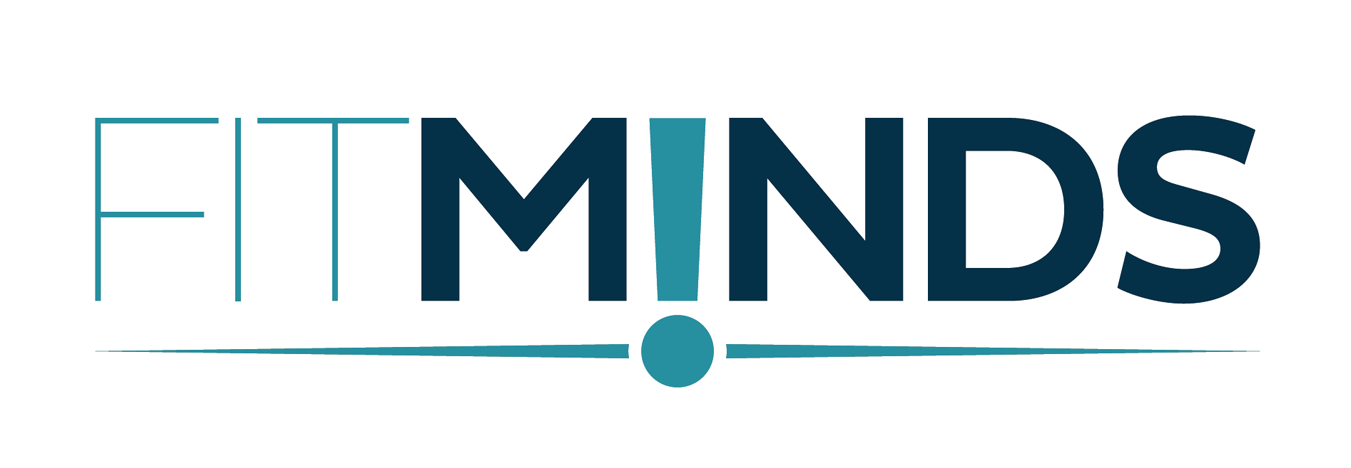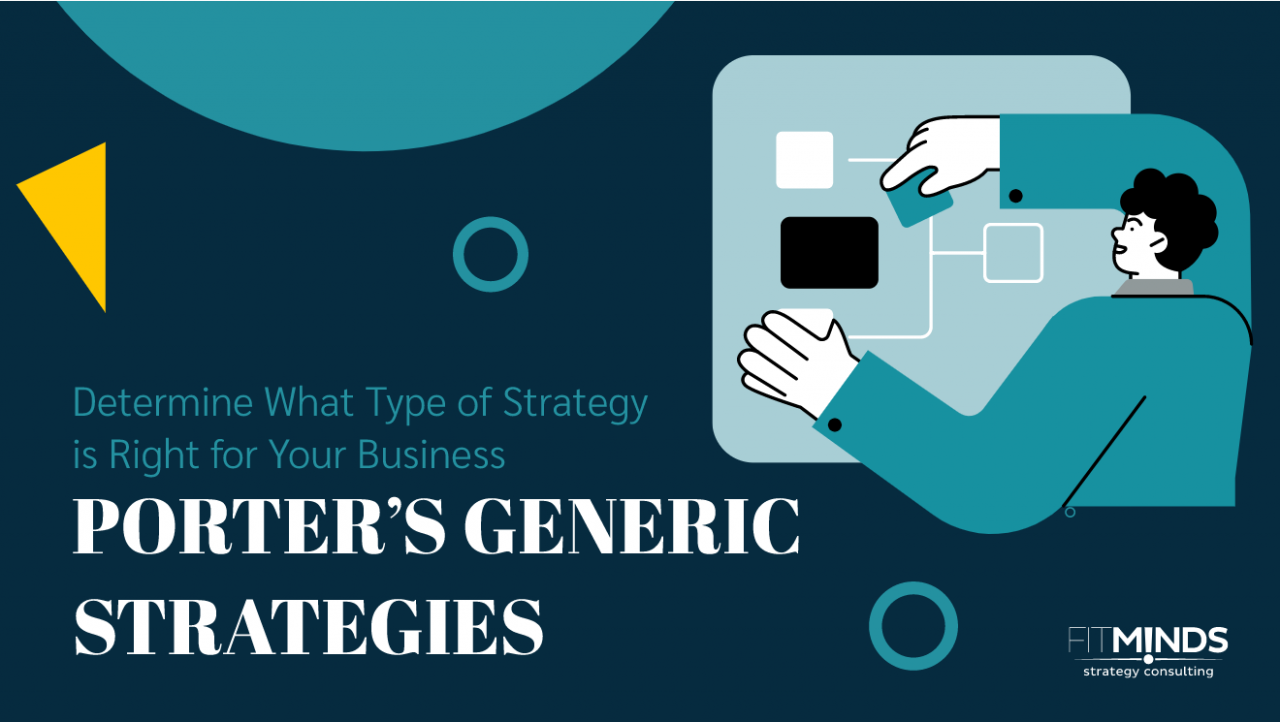Porter Generic Strategies can help companies make the best choice for their organization to succeed in the business and generate a profit. Michael Porter identifies 3 strategies for achieving a competitive edge in his book “Competitive Advantage: Creating and Sustaining Superior Performance.” These are Cost Leadership Strategy, Differentiation Strategy, and Focus Strategy.
Main Benefits of Porter’s Generic Strategies
Porter’s Generic Strategies helps you:
- Choose the right generic strategy
- Rank above the industry average
- Generate capable and sufficient strategy
Explanation of Porter’s Generic Strategies
According to Porter, it is essential to remember that not every plan is feasible for every organization. However, the company might get a competitive advantage in the market if it competently and effectively implements a strategy.

Cost Leadership Strategy
Focuses on increasing profit by reducing operating costs and charging lower prices. Decreasing expenses to increase profits while maintaining competitive pricing or reducing prices while sustaining a reasonable profit per sale due to cost reductions, increasing market share. Labor, materials, and facilities expenses should keep low. It is essential to beat competitors on cost.
Differentiation Strategy
The primary emphasis is on making products and services attractive and unique compared to competitors’ products. Value offering is a key in this strategy. In other words, the product or service offers a stronger value proposition for some customers because it differs from its competitors in some unique way. Differentiation sub-strategies are, for instance, product performance, appearance, brand image, functionality, etc.
Focus Strategy
The general focus approach is selecting a small competition area within an industry. The focus strategy involves focusing resources on clients with specific demands or interests, also known as a niche market. Concentrating on developing products or services in a niche market is crucial for this approach. In other words, it requires a deep understanding company’s customers.
Two versions of the focused approach exist.
- Cost-focused strategy, a business seeks a cost advantage in its target segment, whereas
- The differentiation-focused strategy seeks differentiation in its target segment.
Both variations of the focus strategy are based on distinctions between the focuser’s target segment and other industry segments.
How to Apply Porter’s Generic Strategies?
Identifying demands and needs to understand the market and needs of the customers use Don’t Let Mess Distract You and Prepare a Focused Strategy via OHMAE’S 3CS MODEL; deciding which distinctive strategy to pursue each product use Clarify Your Portfolio Strategy via the ADL Matrix.
Build a SOAR analysis of your strengths and weaknesses. To focus on strengths rather than putting excessive effort into discussing weaknesses, use SOAR Analysis – Benefits, Explanation, and Application. To evaluate a company’s resources and capabilities, use VRIO Framework: Ensuring Long-Term Competitive Advantage.
Better research, development, and innovation are essential. To execute your strategy successfully use 3 Tools Of Blue Ocean Strategy and determine strategies to overcome hurdles. To guide businesses to sustain their current performance while considering future opportunities and innovations for growth, use McKinsey’s Three Horizons of Growth.
Additional Tips and Readings
As an alternative to Porter’s Generic Strategies, you can also read:
- TOWS Analysis to help a decision-maker for improving strategic options from an internal-external analysis,
- VRIO Framework to ensure long-term competitive advantage
- The Ansoff Matrix allows marketers to examine the risk associated while driving strategically,
Contact us to determine what strategy is right for your business via Porter’s Generic Strategies.



12 comments
Pingback: buy cheap enclomiphene using mastercard
Pingback: canadien kamagra vs états-unis kamagra
Pingback: buy androxal generic in canada
Pingback: cheapest buy dutasteride generic alternative
Pingback: buying flexeril cyclobenzaprine canadian sales
Pingback: order gabapentin canada no prescription
Pingback: buying fildena buy mastercard
Pingback: buy itraconazole no prescription usa
Pingback: cheap avodart canada on sale
Pingback: online pharmacy rifaximin australia
Pingback: buy xifaxan cheap cod no rx
Pingback: zlevněné ceny kamagra
Comments are closed.